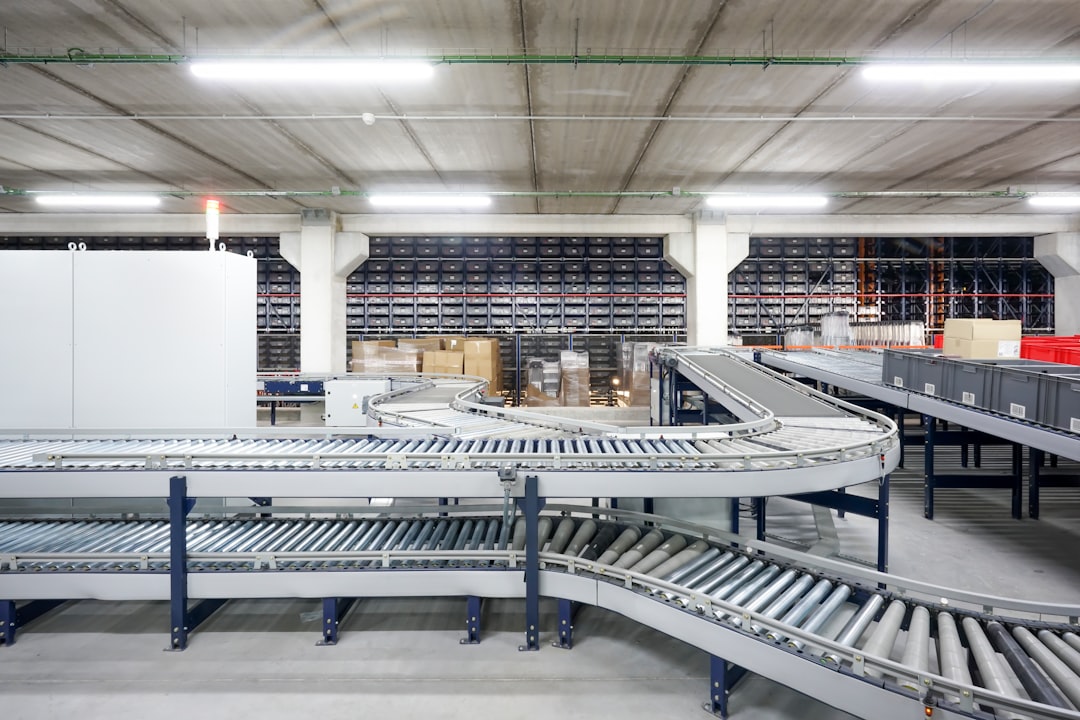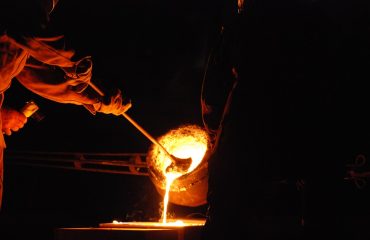In the realm of industrial design, structural integrity and efficiency are paramount. Choosing the right structural elements can significantly impact a project’s success, both in terms of performance and cost. Increasingly, engineers and designers are turning to IPN beams – also known as parallel flange I-beams – as a reliable and versatile solution. This comprehensive guide explores the multifaceted world of IPN beams, delving into their applications, advantages, and considerations for successful integration into industrial designs.
Understanding IPN Beams: A Deep Dive into Their Characteristics
IPN beams are hot-rolled steel beams characterized by their parallel flanges and a web that connects them. Unlike other I-beam profiles like IPE or HEA beams, IPN beams feature a consistent flange width throughout their length. This unique design offers several advantages, particularly in applications requiring consistent load distribution and simplified connections. The parallel flanges simplify fabrication and welding, reducing costs and construction time. The precise dimensions and consistent geometry of IPN beams also make them ideal for pre-fabrication and modular construction techniques, enhancing efficiency on large-scale industrial projects.
The cross-sectional shape of an IPN beam optimizes its strength-to-weight ratio. The relatively deep web efficiently resists shear forces, while the wide flanges provide substantial bending resistance. This optimized design allows for the use of lighter beams while maintaining the necessary structural integrity, leading to significant cost savings in material and transportation.
Applications of IPN Beams in Industrial Settings
The versatility of IPN beams makes them suitable for a wide range of industrial applications. They are frequently employed in:
- Heavy-duty shelving and racking systems: Their high load-bearing capacity makes them ideal for supporting heavy loads in warehouses and distribution centers.
- Industrial building construction: IPN beams are used in the construction of factories, workshops, and other industrial structures, providing robust support for roofs, floors, and walls.
- Bridge construction (smaller spans): While not typically used for large spans, IPN beams find applications in smaller bridges and pedestrian walkways.
- Machinery supports and platforms: Their rigidity and strength make them suitable for supporting heavy machinery and providing stable work platforms.
- Offshore platforms (specific applications): In certain applications within offshore platforms, their properties make them a suitable choice.
Design Considerations and Material Selection for IPN Beams
Successful integration of IPN beams requires careful consideration of several factors. Accurate load calculations are crucial to determine the appropriate beam size and section modulus. Factors such as dead loads (weight of the beam and attached components), live loads (dynamic loads such as equipment or people), and environmental factors (wind, snow) must be meticulously accounted for. Using appropriate engineering software and adhering to relevant building codes is essential to ensure structural safety and compliance.
Material selection is another crucial aspect. While IPN beams are commonly made from carbon steel, other materials like stainless steel or high-strength low-alloy (HSLA) steels might be necessary depending on the specific application and environmental conditions. Stainless steel offers superior corrosion resistance in harsh environments, while HSLA steels provide enhanced strength and ductility for demanding applications.
Advantages of Using IPN Beams in Industrial Design
The popularity of IPN beams stems from several key advantages:
- High strength-to-weight ratio: This leads to cost savings in material and transportation.
- Simplified connections: The parallel flanges simplify welding and bolting, reducing fabrication time and costs.
- Consistent geometry: Facilitates prefabrication and modular construction.
- Wide availability: IPN beams are readily available from various steel suppliers.
- Cost-effectiveness: The combination of efficient design and simplified fabrication makes them a cost-effective solution.
Future Trends and Innovations in IPN Beam Technology
The future of IPN beams is likely to see further advancements in material science and manufacturing processes. The development of high-performance steels with improved strength, ductility, and corrosion resistance will further enhance the capabilities of IPN beams. Advances in manufacturing techniques, such as advanced robotic welding and precision cutting, will improve efficiency and reduce production costs. Furthermore, the integration of smart sensors and data analytics into IPN beam structures will enable real-time monitoring of structural health and performance, enhancing safety and maintenance efficiency.
The growing emphasis on sustainable construction practices will also drive innovation in IPN beam technology. Research into recycled steel and the development of environmentally friendly coatings will minimize the environmental impact of IPN beam production and use.
In conclusion, IPN beams represent a powerful and versatile solution for many industrial design challenges. Their unique characteristics, coupled with ongoing advancements in materials and manufacturing, ensure their continued relevance and importance in modern industrial construction and engineering.




